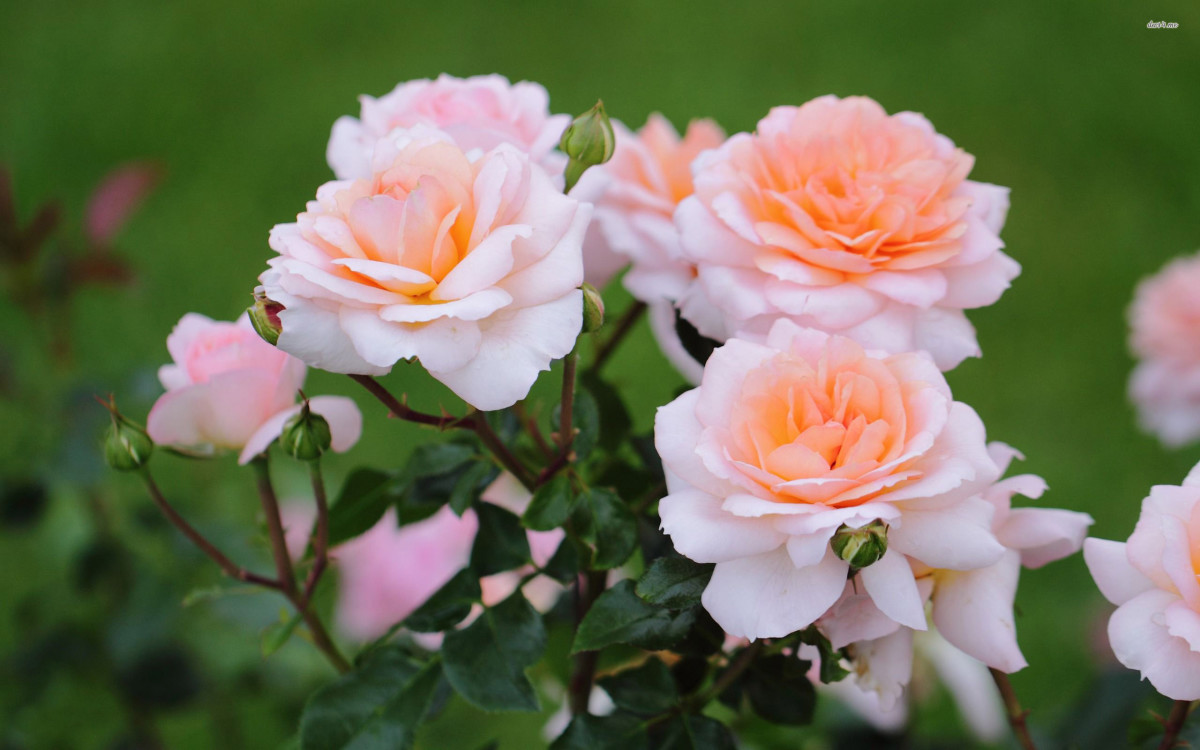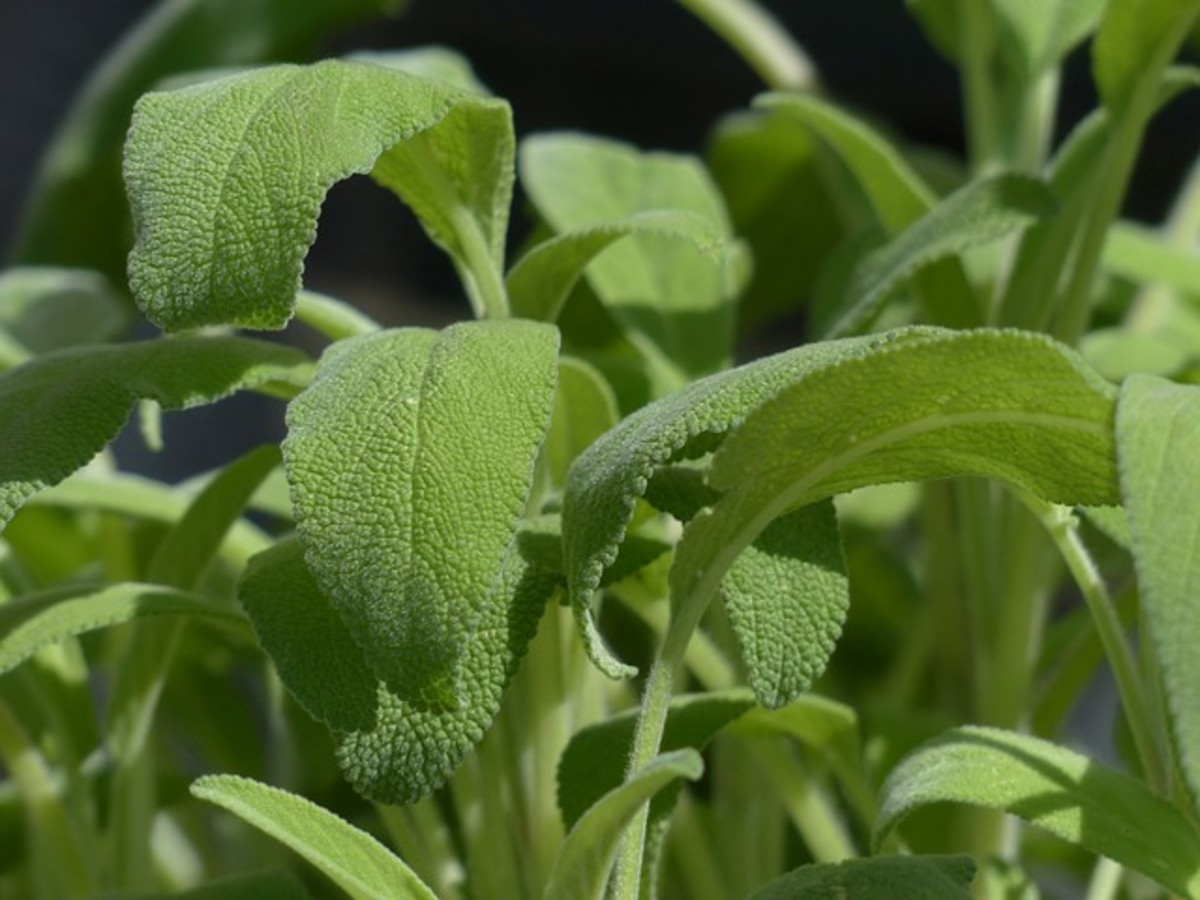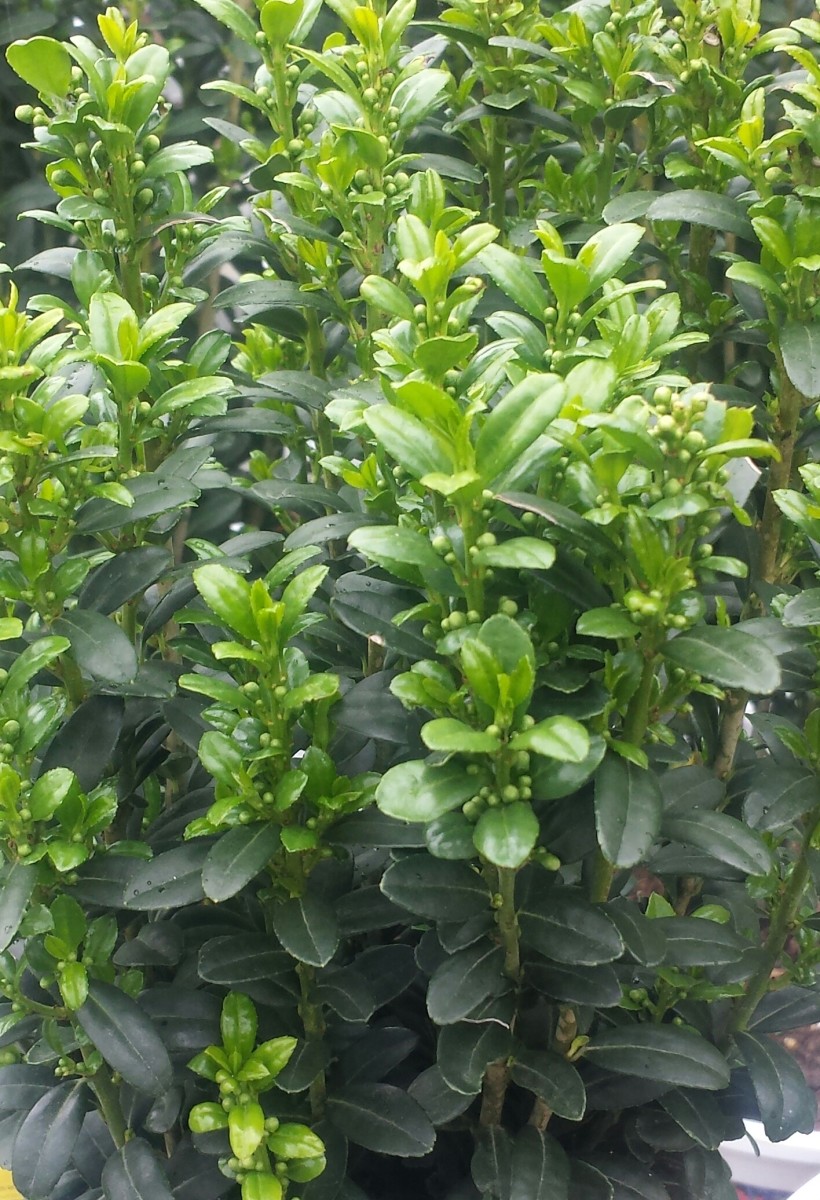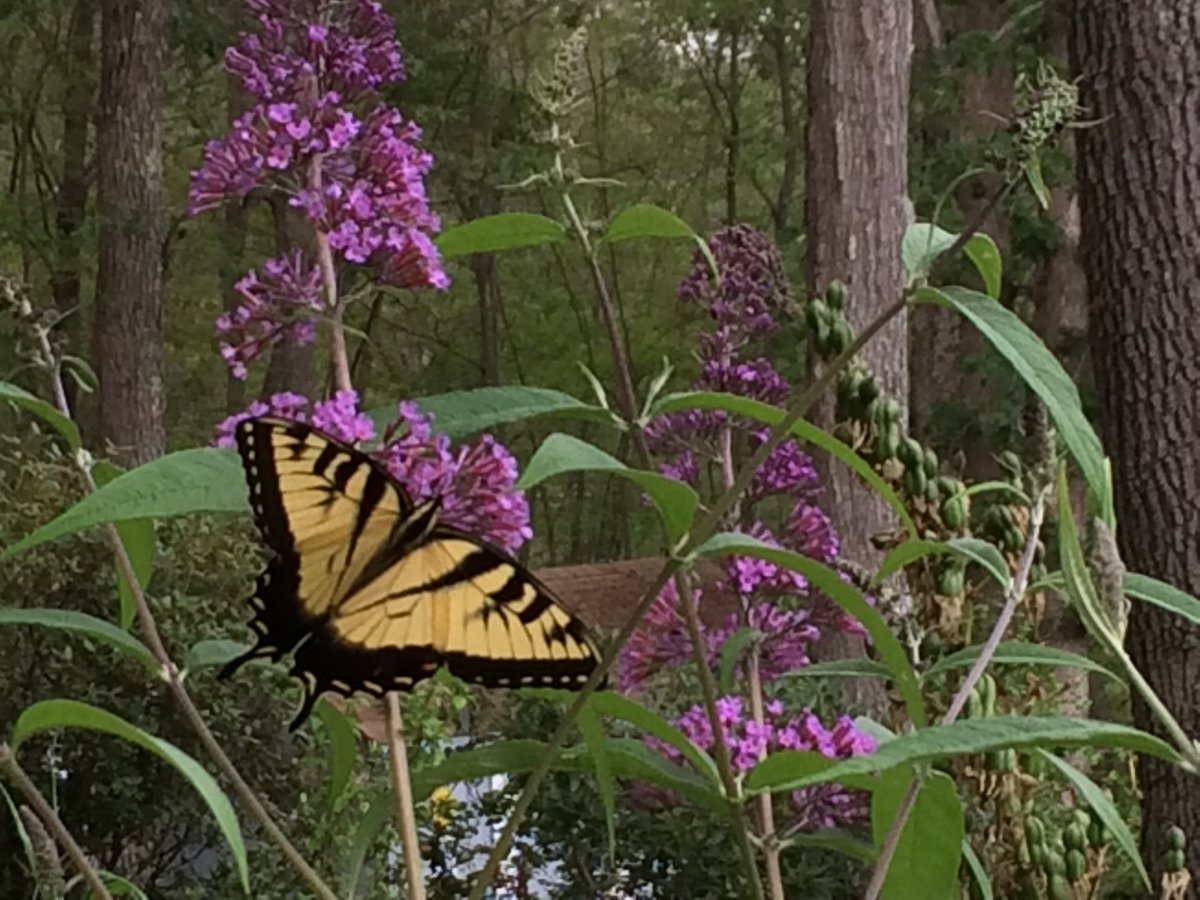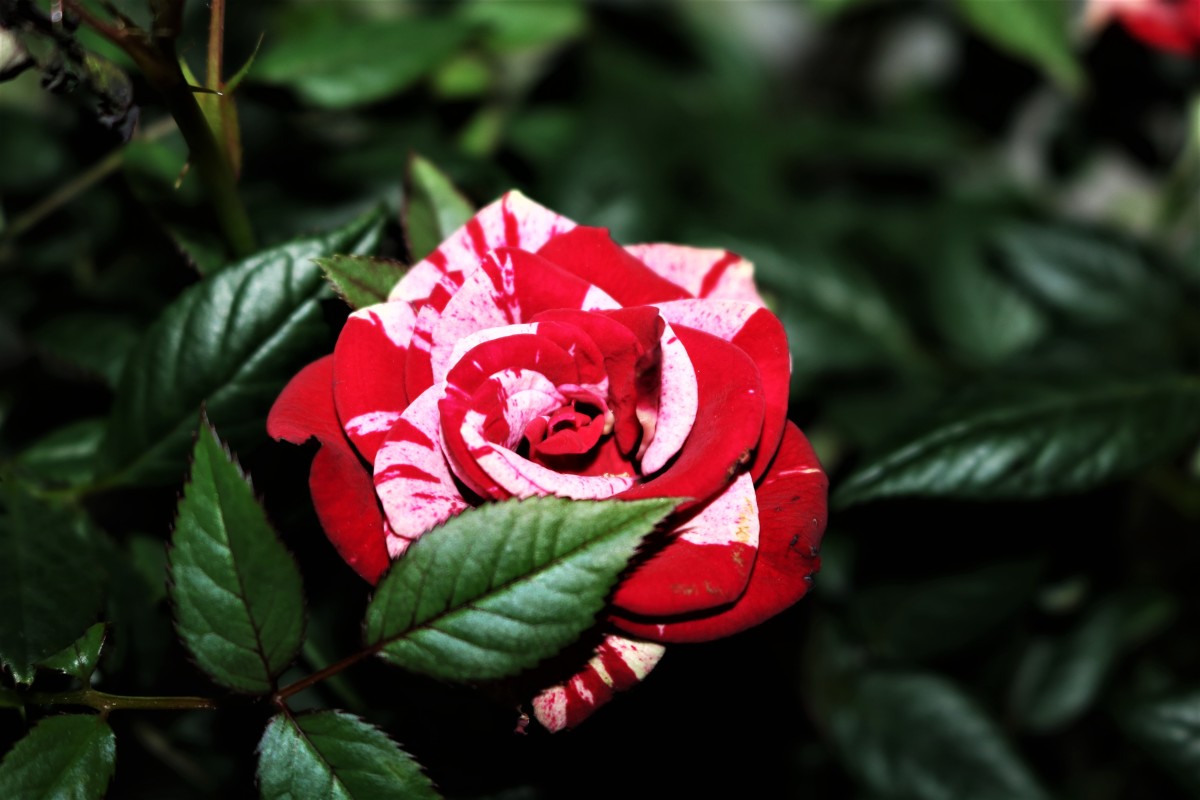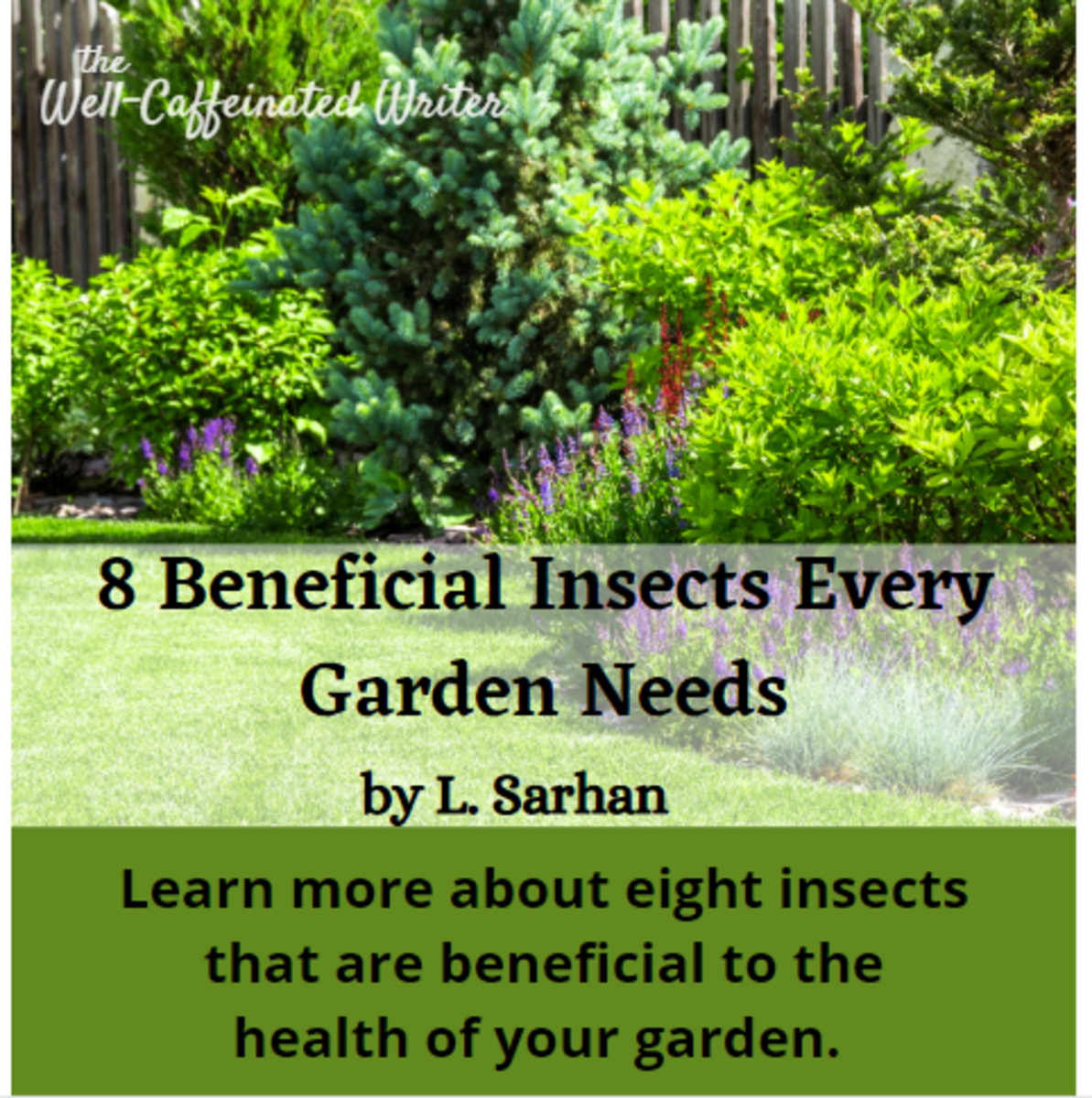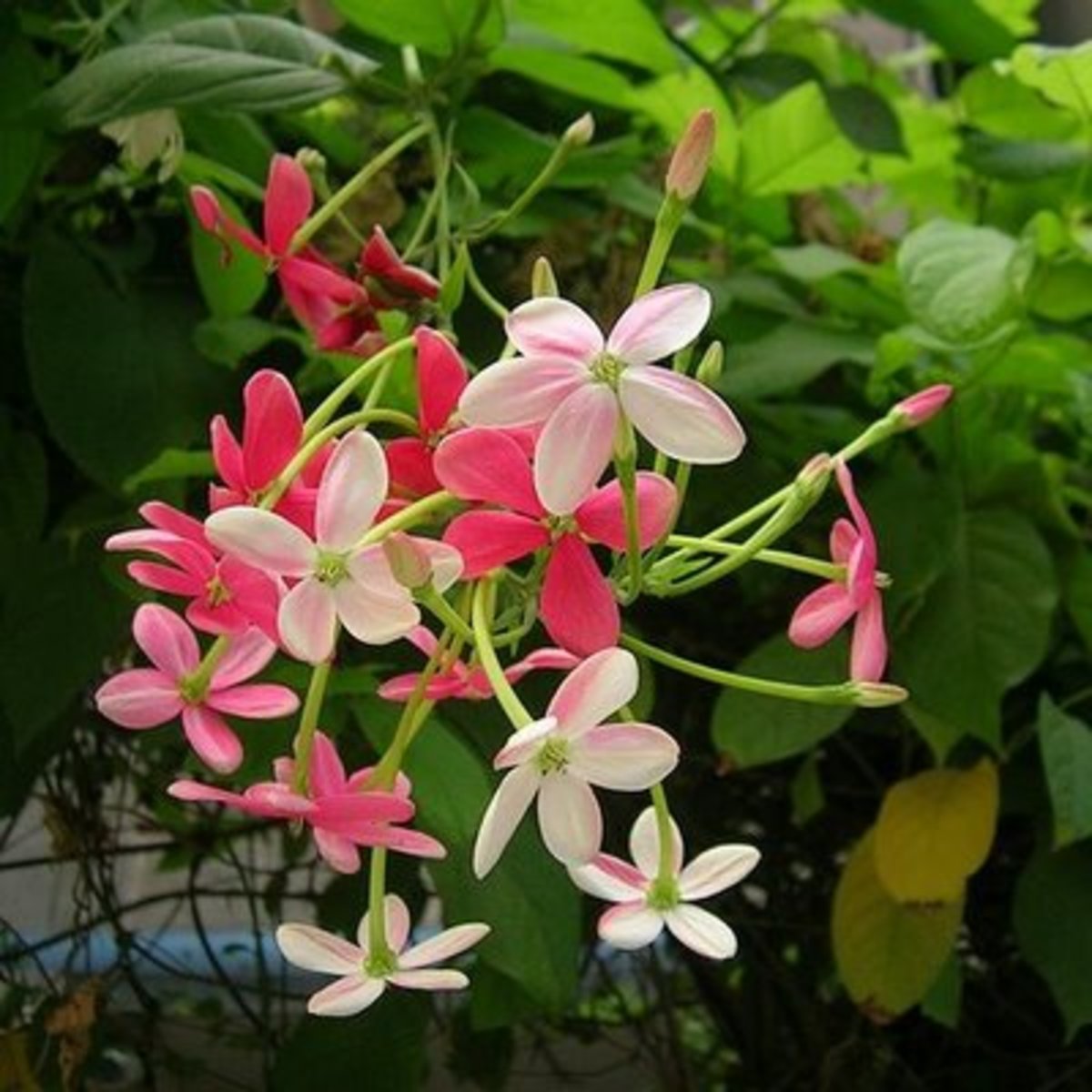The Slipshod Gardener 7: The Ill-fated Butterfly Bushes
The Butterfly Bush of My Dreams
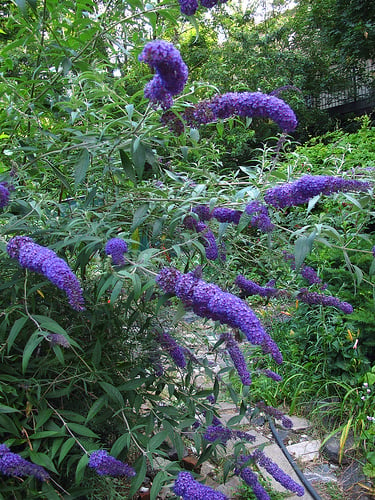
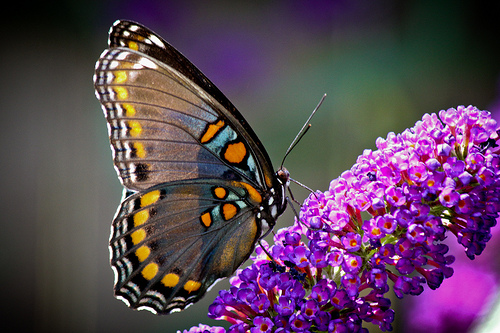
For further study on attracting butterflies:
Too close for comfort
Of course, I wanted a glorious large bushy butterfly bush as part of my garden since part of my goal as a gardener is to provide genial habitat to other living things. I am in perpetual envy of one I pass every day that’s seven feet tall by four feet wide.
But what happens when I get a butterfly bush? It remains dwarf-sized. My first bush did a marvelous job of putting out blooms and attracting butterflies, but it never got above my knee, had sickly looking bark and an unsightly number of dead, leafless twigs. I had also placed it poorly. My original plan of having a mowless front yard had not come to fruition and my dinky butterfly bush was difficult to mow around. Since it showed no inclination to grow, I decided to put it in my border garden. I needed some filler in there anyway.
It had been in the ground for a couple of years and had developed a robust root system, so extracting it required a little help from the pick-ax. Despite the healthy roots, something seemed amiss at the base of the plant so I decided to hose it off for a better look. I discovered that it was not one plant but two plants that had somehow gotten wrapped around each other in seedlinghood. No wonder it/they wouldn’t grow since they were strangling each other.
In the process of untwisting them, one, which looked to be rotting, broke from the root. I decided to take cuttings from the upper part and discard the rest while planting the healthier twin. None of this has a happy ending. I chose tender sprigs as cuttings to root with rooting hormone (see my note about rooting hormone at the end of the article). I later learned that woodier, more robust sections of the plant are more likely to root. Had I planted a section of the discarded root, I may also have succeeded.
So my first butterfly bush failed to thrive, whether together or separated.
Another try
My second butterfly bush was a little stingier with blooms and less attractive to butterflies, but its main problem was its growth pattern. It did not grow upward. It had a spreading habit. It grew more like a dwarf Japanese maple than a butterfly bush. Like the first, it was difficult to mow around. I decided to transplant it at the corner of the front porch. At first this was marvelously successful. It drooped a little at first and then absolutely took off, sending out all kinds of new shoots. It was clearly a happy plant and I congratulated myself on my good judgment for placing it there.
Then it rained a good, torrential Southern rain and the thriving butterfly bush drowned and died. This was not the first, nor the last, bush to die in that corner, which I have dubbed “the cursed corner.”
I have given up on butterfly bushes for the time being. I can’t take the emotional ups and downs. I don’t have the patience to grow what doesn’t like to grow for me—or in my yard, with its particular climate. The adventure of finding what does work here continues.
Note about rooting hormone
Rooting Hormone is a grayish flour-like powder bought in a small plastic bottle. Our local Lowes carries it, though usually only a bottle or two. They can be hard to spot among larger items so be prepared to ask someone to help your find it. Although it did not save the butterfly bush, it’s a marvelous substance that stimulates root growth and every gardener should have some on hand. Read further episodes of The Slipshod Gardener to learn about my later successes using it.
Finding a butterfly bush for your garden
- Monrovia - Search for Plants, Flowers & Much More
Select a plant and then at the bottom of the information page search for a retailer that carries it near you - Park Seed: Buddleia - Butterfly Bush
Butterfly Bushes are well known for their attractiveness to butterflies and other beneficial insects and provide maintenance-free color throughout the summer.
Other sites with butterfly related products
- Butterfly Houses and Kits
Place our butterfly houses in your garden to encourage butterflies to stay! A butterfly house provides butterflies shelter and is a beautiful decoration for your garden. - Butterfly Habitat | WARD'S Natural Science
Raise your own painted lady butterflies


